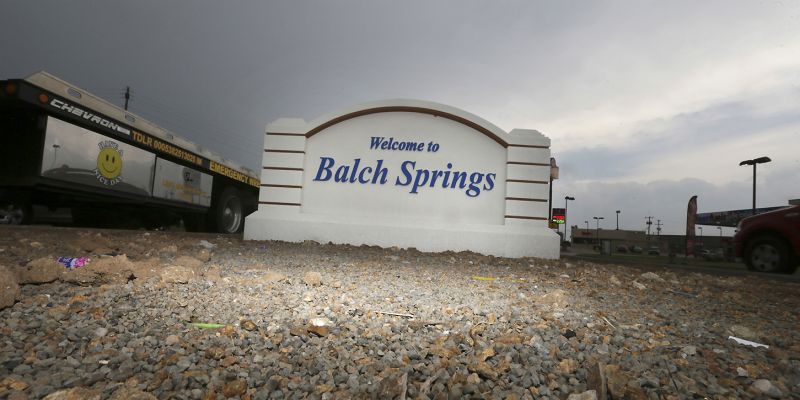NASA Opens Research Facility Honoring “Hidden Figures” Hero Katherine Johnson
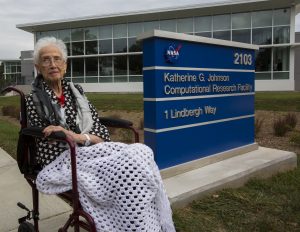
The National Aeronautics and Space Administration (NASA) unveiled its latest research center, the Katherine G. Johnson Computational Research Facility named after the African American woman and retired NASA mathematician. Johnson’s life was depicted in the biopic Hidden Figures.
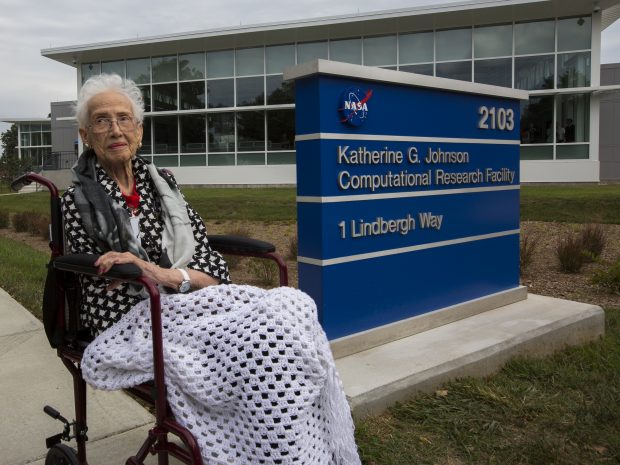 (Katherine Johnson at her namesake facility. Image: NASA)
(Katherine Johnson at her namesake facility. Image: NASA)
The 37,000-square-foot, $23 million building will be used for innovative research supporting the organizations’ space exploration missions and air mobility.
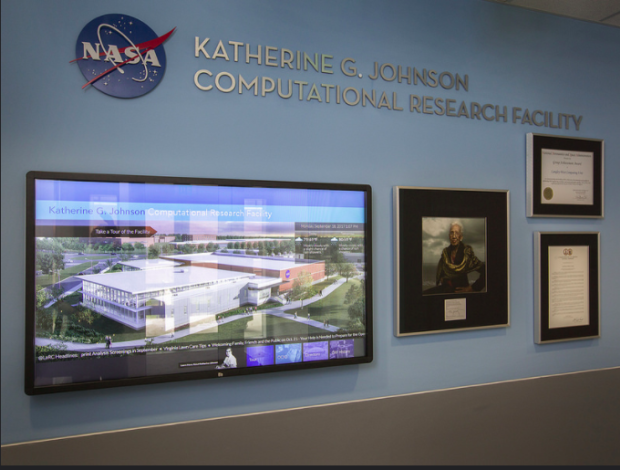 (Interior of the Katherine G. Johnson Computational Research Facility. Image: NASA)
(Interior of the Katherine G. Johnson Computational Research Facility. Image: NASA)
The 99-year-old Johnson, who retired from NASA in 1986, attended the ribbon-cutting ceremony on Sept. 22. Also in attendance was Virginia Gov. Terry McAuliffe, girls in the Black Girls Code program, as well as members of the 21st Century Community Learning Centers program.
Upon hearing that NASA’s newest research center was being named after her, Johnson said jokingly, “I think they’re crazy.”
“You have been a trailblazer,” McAuliffe said at the ribbon-cutting event. “When I think of Virginia and the history of what we’ve gone through … you’re at the top of that list.
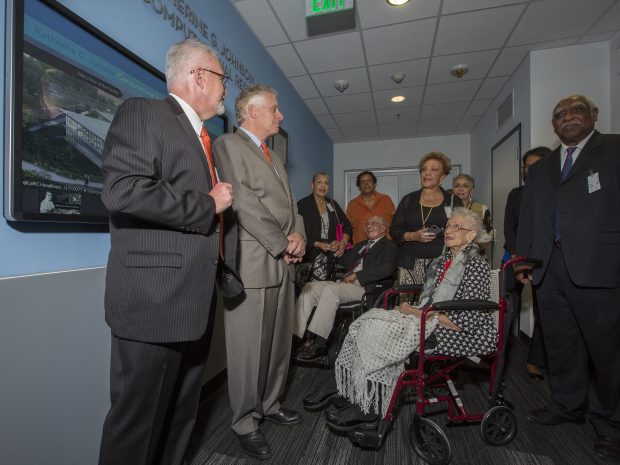 (Johnson and her family see the entrance of the new Computational Research Facility, along with NASA Langley Director David Bowles and Virginia Gov. Terry McAuliffe.
(Johnson and her family see the entrance of the new Computational Research Facility, along with NASA Langley Director David Bowles and Virginia Gov. Terry McAuliffe.
Image: NASA/David C. Bowman)
The author of the book Hidden Figures, upon which the movie is based, Margot Lee Shetterly, served as the ceremony’s keynote speaker.
“At every fork, her talent, her hard work and her character pulled her toward her destiny,” said Shetterly. “At every turn, she made a choice to become the protagonist in her own story and then of ours.”
“Telling your story has been an honor,” she said. “Your work changed our history and your history has changed our future.”
The facility is the newest of four buildings that comprise NASA’s Langley Research Center in Hampton, Virginia. It was at Langley that Johnson did her notable work including verifying the computer calculations mapping out the trajectory of astronaut John Glenn’s orbit around the Earth. According to Johnson’s biography on NASA’s website, Glenn specifically requested that Johnson be the one to check the calculations before he embarked on his mission.
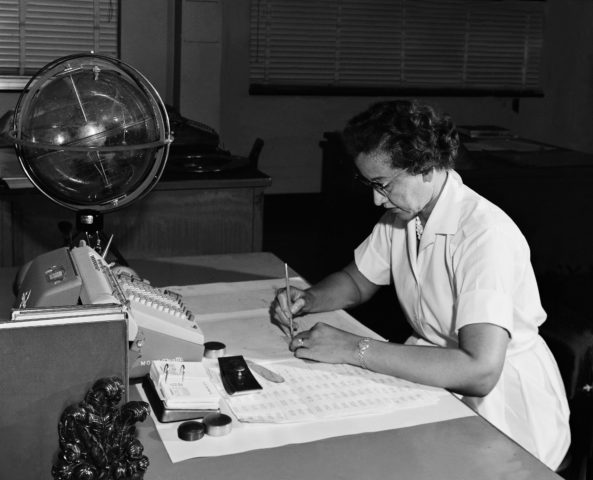 (Johnson at work at NASA. Image: NASA)
(Johnson at work at NASA. Image: NASA)
Johnson received four standing ovations at the ceremony. She recalled her time at NASA and spoke about how happy she was at her work.
“I didn’t do anything alone but to try to get to the root of the question—and succeeded there,” Johnson said.



